The Art Of Bacardi: Facundo Bacardi Releases a Very Special Rum Collection
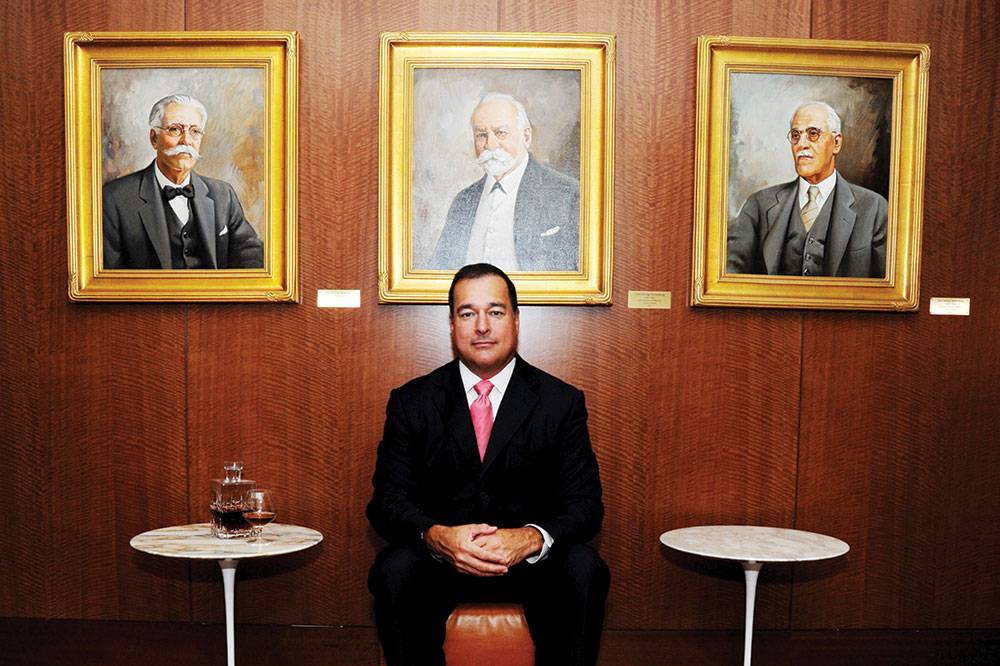
Dark rums aren’t really held in same regard as very aged Scotch. We’re working to change that,” says Facundo Bacardi as he pours me a glass of Paraiso, a rich, über-premium rum that gives off a hint of vanilla, clove and cinnamon. The drink has been aged for 30 years and goes down easy, even when served straight up.
While Facundo shares the same moniker with the new collection, he is quick to clarify that it is not named after him, but rather his great great grandfather, the founder of Bacardi that the present day Chairman of the Board is named after. “This isn’t about me, it’s all about him and I feel lucky that I happen to be Chairman at this point in our 150 year history,” says Facundo L. Bacardi humbly.
Bacardi had its 150th anniversary in 2012 and is still celebrating. This year, they released a celebratory ad campaign showcasing the birth of the Cuba Libre and more. “We’re telling great stories of the Bacardi’s family history in Cuba,” says the chariman. “It’s a way to get our story out to a broad audience and talk about our authenticity, our heritage and our craftsmanship.” For Facundo, this was the right time to release some of the family’s most aged, private stocks.

The celebratory rum has been years in the making and will be released this month. “This collection comes from a similar place in the heart, but it’s quite different. It’s about our history of rum-making. We want to lead the market for rum in a new area. This line is directed toward a discerning customer interested in the best of the best.”
Manny Oliver, Master Rum Blender for Bacardi, who has been with the company for 37 years, started working on blending this rum two and a half years ago. “It has been our collective passion to create these rums from the private collections of the Bacardi family,” says Oliver proudly. And the rums are something to be proud of. NEO, the youngest of the bunch, is 8 years old, while the oldest has been aged 23 years in oak casks in the Bahamas, a Caribbean climate that mimics that of Cuba’s. It may come as news to some that there are private reserves that have traditionally been held back. Many Miamians and visiting dignitaries have had the chance to partake in these special rums over the years.
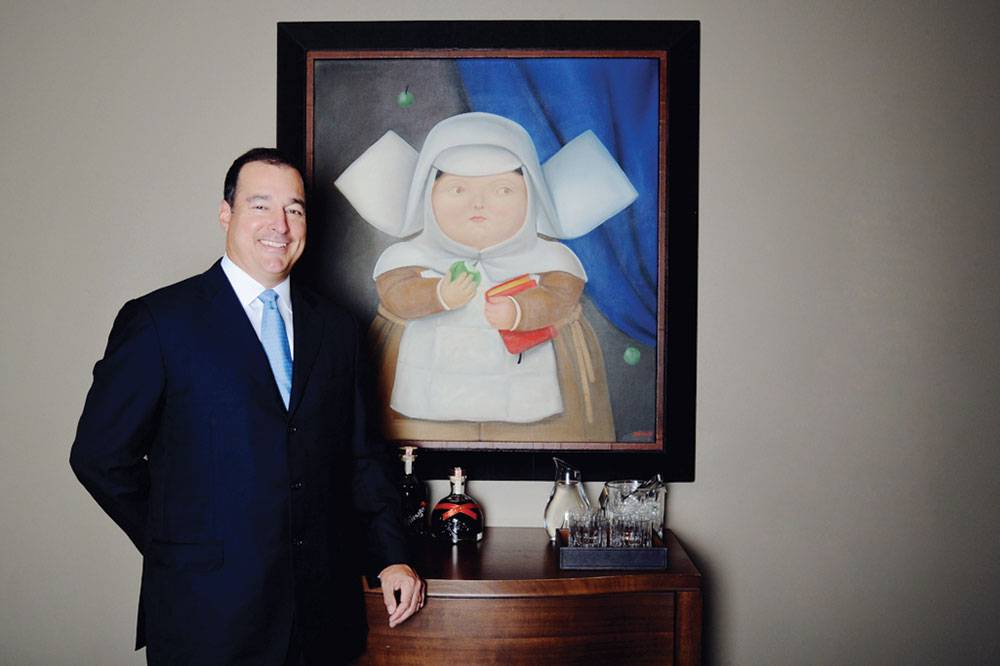
“Growing up, people said [to me] ‘Why don’t you guys release some of the rums your family drinks?’” says Facundo. “Being young, I thought that we released everything.” They didn’t, instead holding back some of the finest rums for the family. It was an exercise in excellence, not a commercial endeavor. “It was about being proud of something special you created and sharing it with family members. As I got older, and became chairman, I found we had this incredible catalog. Our 150th anniversary seemed like the right time to share it.
It is just that kind of savvy that makes Facundo an excellent steward for his family’s company. He grew up living and breathing the company, although he didn’t think too much of it. “I liken it to any other family who sits around the dinner table and talks about their day. Except that we were talking about a company and different countries and product launches and a completely different array of things, but the spirit of it all was the same.”
There is one thing, however, that Bacardi realized was definitely not the norm. “Every Christmas, my siblings and I would bring Bacardi products to our teachers as gifts. It was the 70s and we were in 3rd and 4th grade and I thought it was very natural, but as I got older and looked back, I thought it was a little unusual,” he says with a laugh. And if you’re wondering if he was the one bringing the booze to parties, the answer is yes. “Of course, [they were always asking,] even to bring the stuff we didn’t sell.”
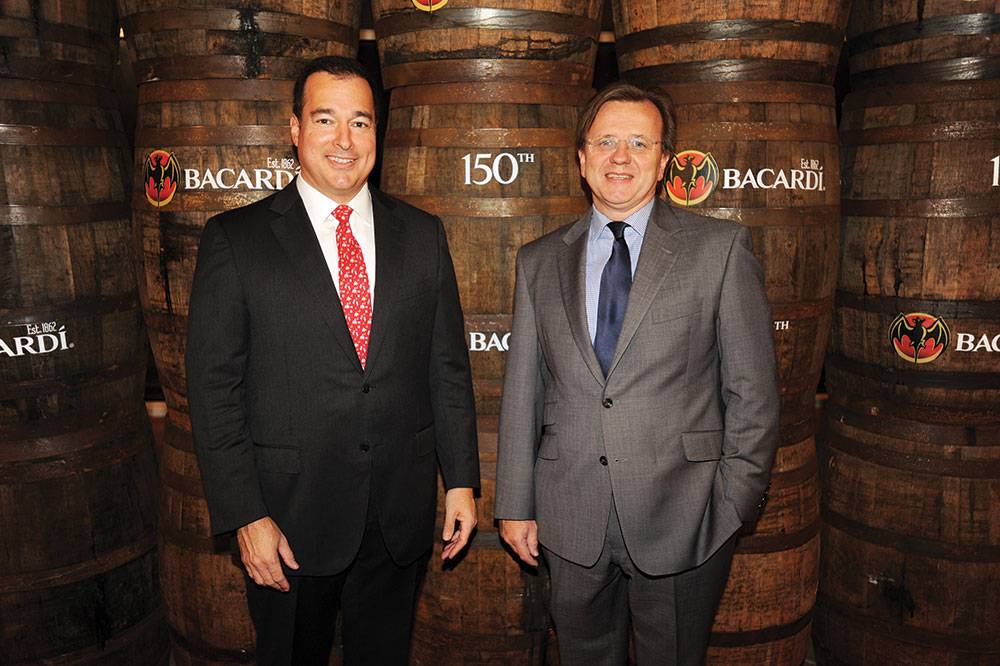
It wasn’t a straight shot from college to the family business as one might imagine. After receiving a B.S.B.A. from American University and then a Juris Doctorate from Emory University Law School, he joined the board of directors in 1993 and started a venture capital firm before stepping up to serve as the Chairman of Bacardi Limited in 2005. “I took the view that if I wanted to get involved with the family business, that opportunity would be there. I worked on the investment side of a venture capital firm after law school. Staying away allowed me to mature.”
Bacardi acquired Martini & Rossi in 1993, which allowed the company to double in size and become one of the five largest premium spirit companies in the world. In the last decade there have been many other acquisitions too. Perhaps the largest acquisition was Grey Goose from Sidney Frank for $2 billion in 2004. “For us, it’s less about categories and more about brands. Grey Goose is a brand that transcends the vodka category. Sidney Frank, the owner, wanted to ensure that his brand would end up with another family that would look after it long after he was gone. So we were the logical buyers for it,” says Bacardi. “Most, if not all, of our competitors are publically traded. Companies that are publically traded tend to have a more short-term outlook. We can have over 300 expressions of rums and be proud of it. A publically traded company would consider that a wasted resource. We don’t look at it that way. We put quality and pride before anything else. We know the dollars will come as a function of what we do.”
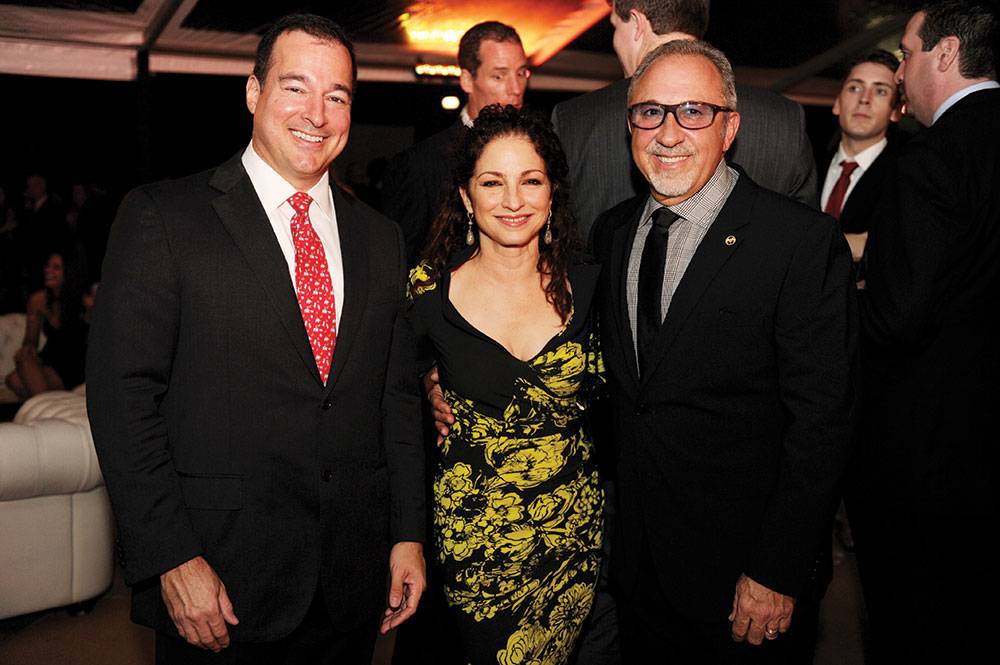
Other brands they have added to their portfolio include Dewar’s Scotch, Bombay Sapphire Gin, 42 Below Vodka and most recently, St. Germain Liqueur.
“Family members call me every single day asking me, ‘What is going on in Spain? What is going on in the US?’ The level of engagement amongst the owners of this company just isn’t something you see in a publicly traded company.” Despite their success, Facundo is plagued by the perfectionist mentality. “It’s hard because we want to be the best at everything we do, but it’s a never-ending process of trying to be the best that you can be.”
Aside from creating great spirits, another thing the company has historically done right is art and architecture. Havana’s El Edificio, Bacardi’s beautiful sales center built in 1930 is a great example of this. Considered the best Art Deco architecture in Cuba, El Edificio is topped by a stepped pyramid, crowned by a bronze bat, and wrapped in Art Deco friezes designed by American illustrator Maxfield Parrish. This was where they communicated the brand to the public and entertained, having fun parties there on a weekly basis. It also had art – in spades. In Miami, their Biscayne Boulevard headquarters were considered the first piece of modern Latin American architecture in Miami and has long been a revered landmark.
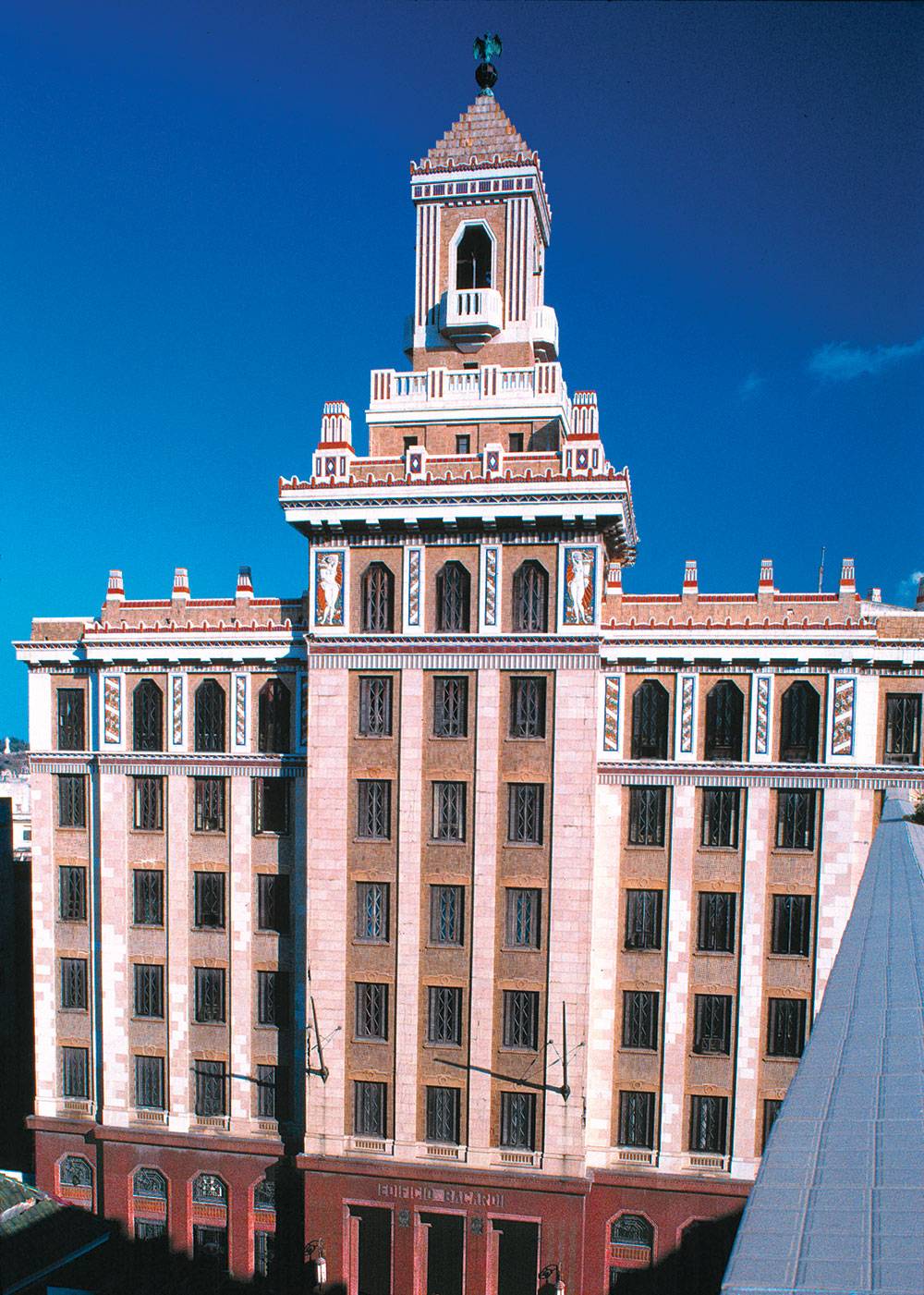
The package on the new Facundo line evokes El Edificio. “We took an inordinate amount of time coming up with something that reflected our heritage.” For example, the Eximo bottle has rays that mimic the inlaid floor from that building, fonts from the façade and many other hidden touches that nod to the design. “In Cuba, we used to entertain a lot,” says Facundo who spent years in the historic Bacardi headquarters on Biscayne Boulevard, which is considered a piece of art in itself. “We also used to entertain there. We had a chef for lunches with business leaders; we would have cocktail parties. And this building here,” he says, tapping the sleek brown leather couch we are sitting on, “this floor really allows us to have bigger events, bigger cocktail parties, with more people. Bacardi has always been about entertaining.”
From the early days, Bacardi Company both commissioned and acquired Cuban art. “Our family has been collecting art since the 1800s. Unfortunately, we lost a lot of our Cuban art during the revolution, in Miami, we used to hold art fairs on Biscayne Boulevard,” says Facundo. Despite the losses, the company still has a vast amount of treasures that include artwork by Wilfredo Lam and a recent acquisition by Botero called Nun Eating Apple, 1981.
While Bacardi Limited continues to acquire Latin American art, adding to their 690-piece collection, Facundo’s personal collection is a little different. At first he collected impressionist paintings, and then American modern artwork from David Hockney and Andy Warhol, but now he collects contemporary Asian artists, like Yu Youhan. “I got involved in Chinese art is because it is such an exciting part of the world. My first visit to China was in 1990. I went to Guangzhou and back then, it was just a rice field. It was absolutely nothing. Today it’s a city of ten million people. It’s amazing how China has grown over the last 23 years.”












